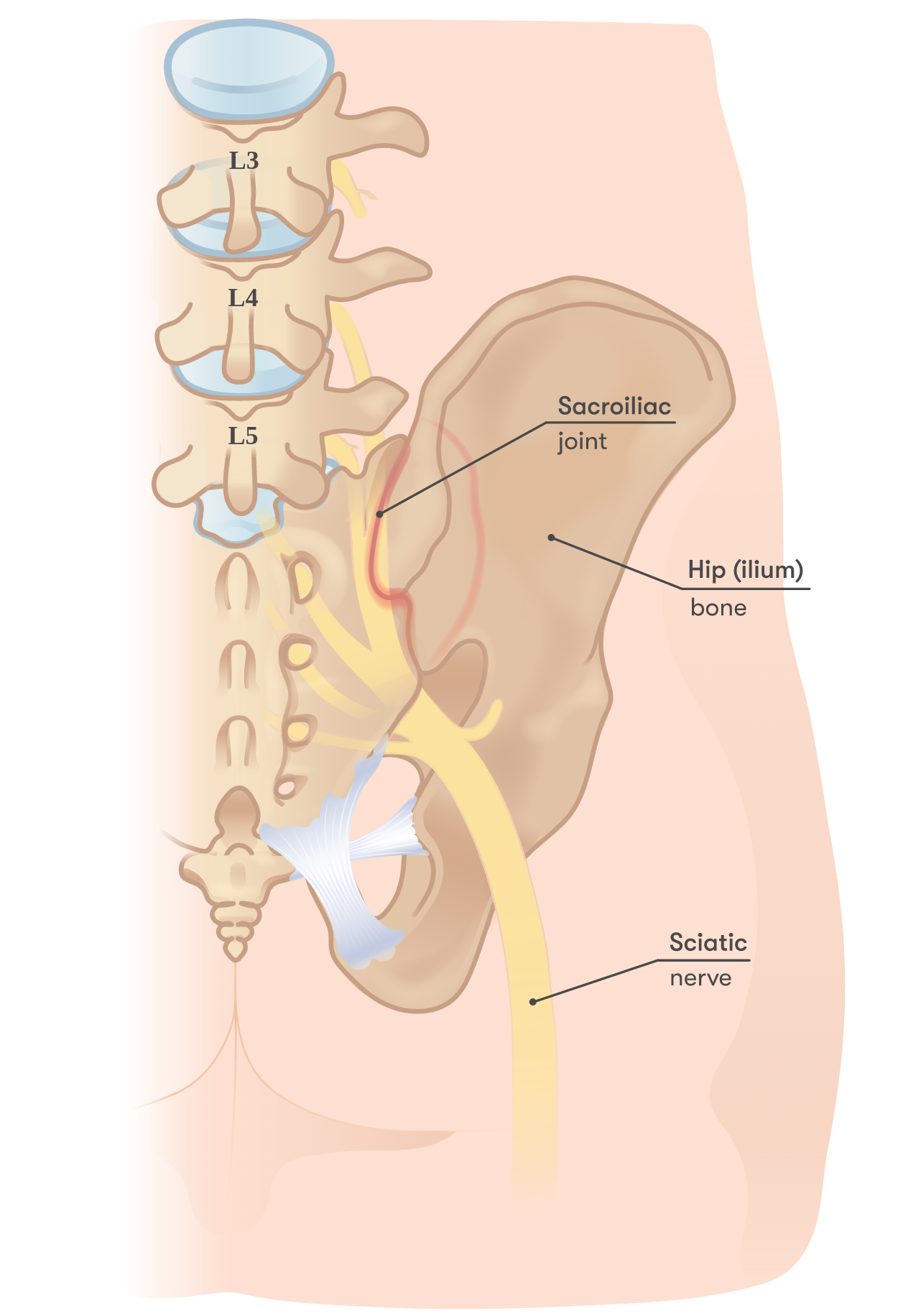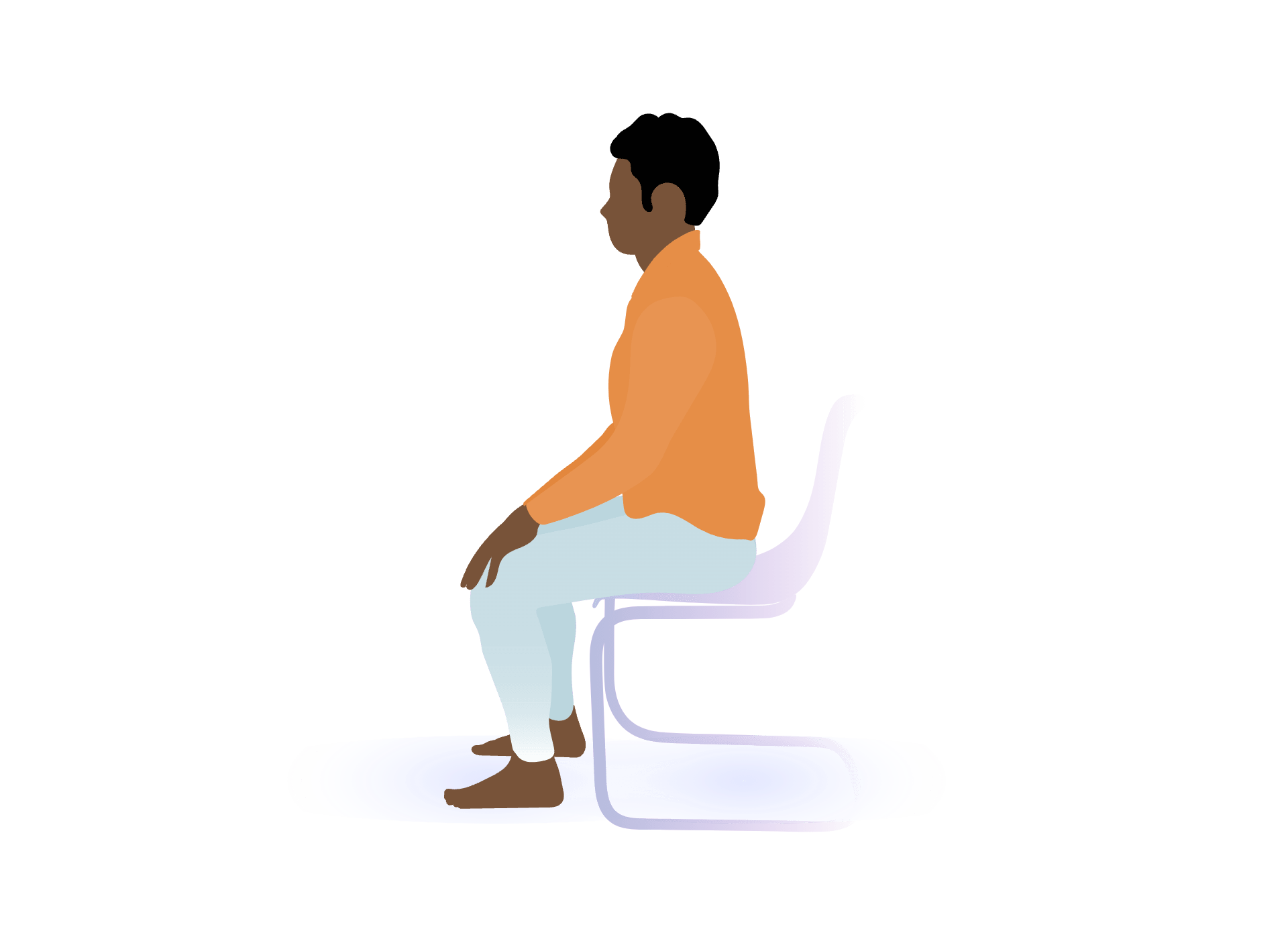Content:
Common causes of SI joint pain
Why exercises and stretches can help relieve your pain
Exercises and stretches for SI joint pain
Tips on how to relieve SI joint pain
How to prevent SI joint pain in the future
When to see a doctor
Don’t let SI joint pain hold you back
The sacroiliac (SI) joints are a pair of joints located below the waist on either side of your spine. They connect the spine (sacrum) to the hip bone (ilium). They support your body weight and provide stability to your pelvis. They play an important role in absorbing the impact of activities such as walking, running, and lifting.1,2 The SI joints reduce pressure on your spine.2 Any injury or damage to the sacroiliac joints can lead to SI joint pain.

In this informative guide, we will help you understand the common causes of SI joint pain and how you can treat it. We will explore some stretching and physical therapy exercises that can relieve your symptoms. The Injurymap app shows you how to do the SI joint exercises correctly. We will also give you tips on how to manage SI joint pain and prevent it in the future.
Remember, this guide is for your information only. We do not recommend using it instead of medical advice. You must see a doctor if your sacroiliac joint pain is severe or does not improve with physical therapy exercises.
Looking for a solution to SI joint pain? Try the Injurymap exercise app now.



